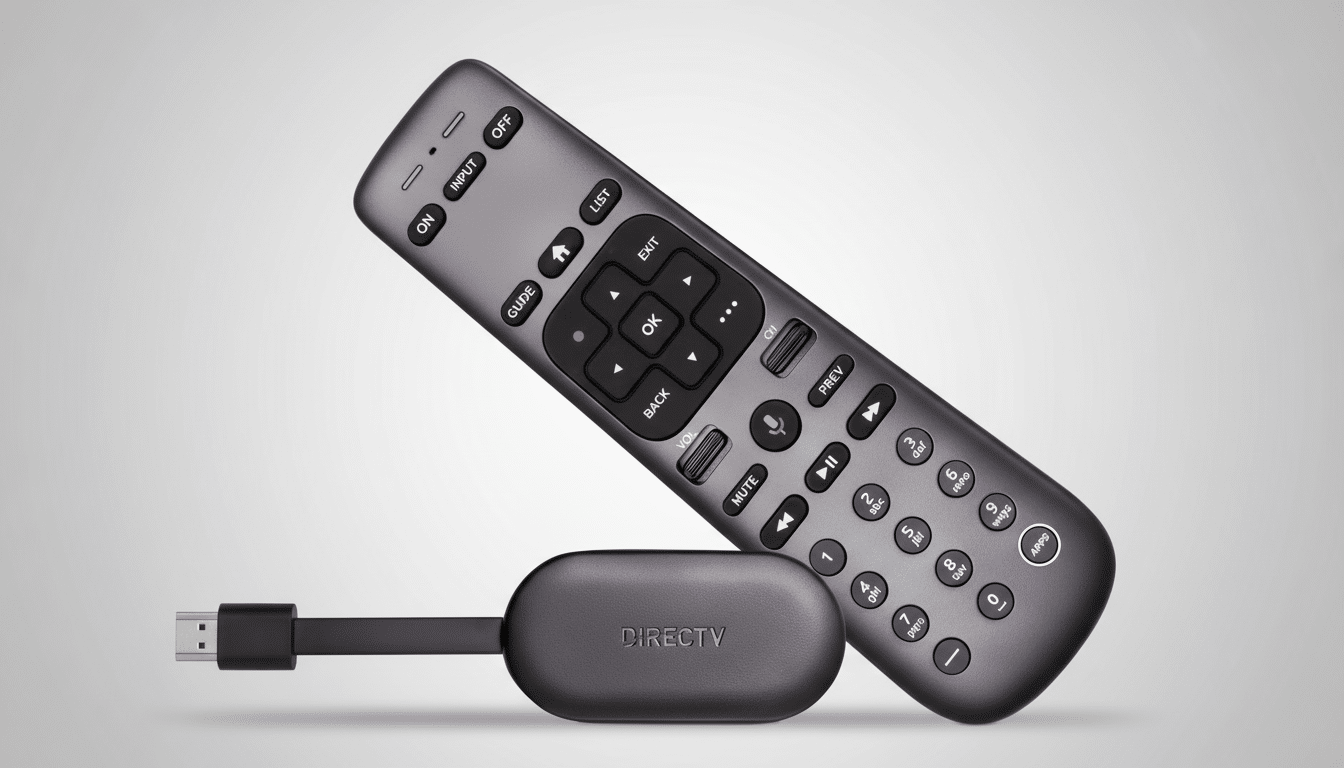What’s even worse than commercials that automatically play on your living room screen? Ads that literally feature you. That’s the pitch of a coming feature from DirecTV on Gemini devices: using artificial intelligence to transform your photos into on-screen avatars that model products and present shoppable offers during screensavers.
The project, which SlashGear reports was devised with the lock-screen advertising outfit Glance, is expected to appear on Gemini devices in 2026. It mixes the stickiness of screensavers with the intimacy of facial imagery, courting a new frontier for connected TV marketing — and a new raft of privacy questions for households.

AI Avatars Arrive on Living Room Screensavers
DirecTV is calling the feature “AI-powered content and commerce screensavers.” Users can scan a QR code directly from the TV, upload photos and create a 30-second highlight reel that inserts their face — or stretches out to include another family member or pet — in curated scenes. Those scenes, as The Verge reports, will feature styles and products before trying to find a real-world item for purchase on your phone.
Unlike others, which simulate specific products, the system Glance uses cobbles together looks based on catalog items and searches for close matches.
The experience should have the feel of being playful and personal, pointing shoppers toward a one-tap checkout on mobile.
In addition to the avatar videos, look for interactive promos to highlight autos, local events, health issues, lifestyle and travel. Categories will probably be honed through viewing data and device signals, as part of a broader trend in household-level targeting on the big screen.
How It Works and Why It Matters for Viewers
Consider it a mash-up of a digital photo frame, virtual fitting room and TV infomercial. The emotional hook is familiarity — viewers are more likely to participate when they see themselves. Advertisers also get a new outlet for “shoppable TV,” a format that retailers have experimented with on platforms like Roku and that media networks have mulled over during high-profile live events.
The stakes are even greater on your largest screen at home. Smart TVs are communal objects often used by multiple people, visitors and kids, posing practical questions about consent, age-appropriate content and who’s actually being profiled when a promo appears of its own accord in an idle display.

Privacy Stakes and a Legal Gray Area for Households
Facial imagery enables powerful personalization, but it also gets at private data. Biometric identifiers pose safety risks: The FTC is emphasizing the unique dangers and potential for abuse biometric identifiers pose, as well as the risk of identity theft. Illinois’ Biometric Information Privacy Act has already produced major settlements in cases involving facial recognition in consumer apps; using people’s faces in ad experiences means additional scrutiny around notice, consent and retention.
It’s also unclear whether DirecTV’s offering will share more in common with opt-in or opt-out. There is also a difference regarding some steps Glance has taken on phones, which have been opt-in (or “expressed interest”) in some cases. If consumed by default, families might fall prey to “dark pattern” alarm bells the FTC itself has raised in earlier cases, particularly if they feel pressured to upload images with unclear disclosures or easily accessible deletion controls.
There is also the question of TV data collection. In a precedent-setting move, the FTC fined a TV maker in 2017 for monitoring viewing without enough consent, emphasizing the sensitivity of automated content recognition. Toss in face-based avatars into that mix, and strong transparency, granular controls and rigorous data minimization become table stakes. Specific children’s privacy regulations such as COPPA bring even more restrictions to under-13s.
Why TV Ads Are Pushing So Hard on Connected Screens
Connected TV ad spending keeps growing as advertisers pursue measurable reach. According to the IAB, digital video spending is still growing and CTV is a driving force behind it in marketers’ budgets. According to the Leichtman Research Group, it appears that a vast majority of U.S. TV households now have at least one connected TV device, so idle screensavers represent potentially lucrative real estate for discovery and impulse buying.
Meanwhile, platform owners are making it more acceptable to put ads in your face. Leading smart TV interfaces and streaming dongles regularly feature shows, apps or brands on their home screens. Glance itself has built a business by turning the lock screens on phones into ad-supported “glanceable” surfaces, especially in India — a model now moving over to the living room.
What Viewers Can Do Now to Protect Privacy on TV
Do not upload any images unless you verify that the feature is genuinely opt-in, and read the on-device disclosures. Search for controls to delete uploaded photos, clear generated avatars and turn off ad personalization. In settings, many TVs also allow you to disable automated content recognition and data-sharing restrictions.
If you are a resident of a state with strong privacy laws, you may have more rights to access or delete your data. Households with children should steer clear of uploading kids’ images, and in some cases might want to use profiles or guest modes on new devices to minimize cross-user targeting. And if the screensaver muddies the line between entertainment and persuasion, then by far the easiest solution is also to turn off the TV — or at least change out of screensaver mode.

